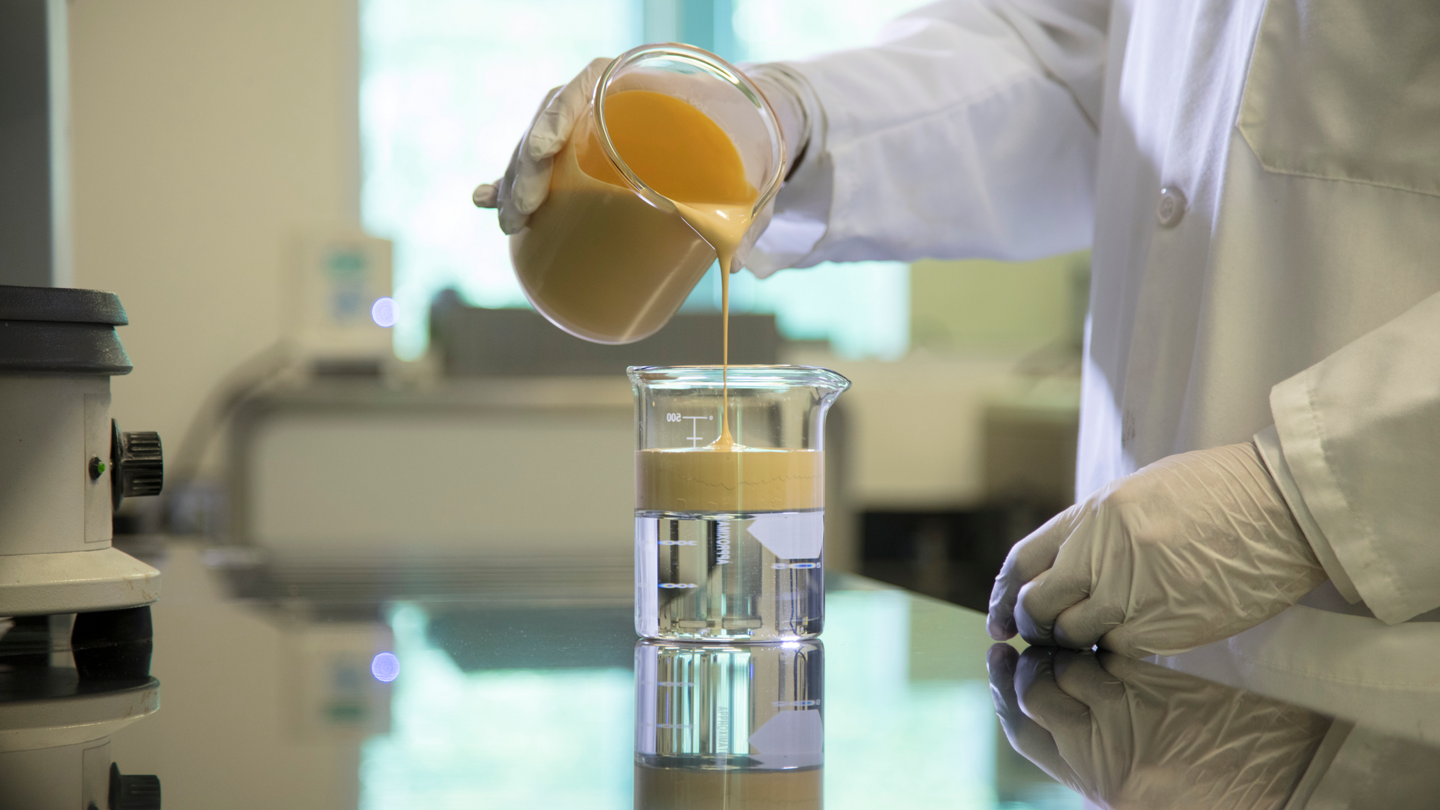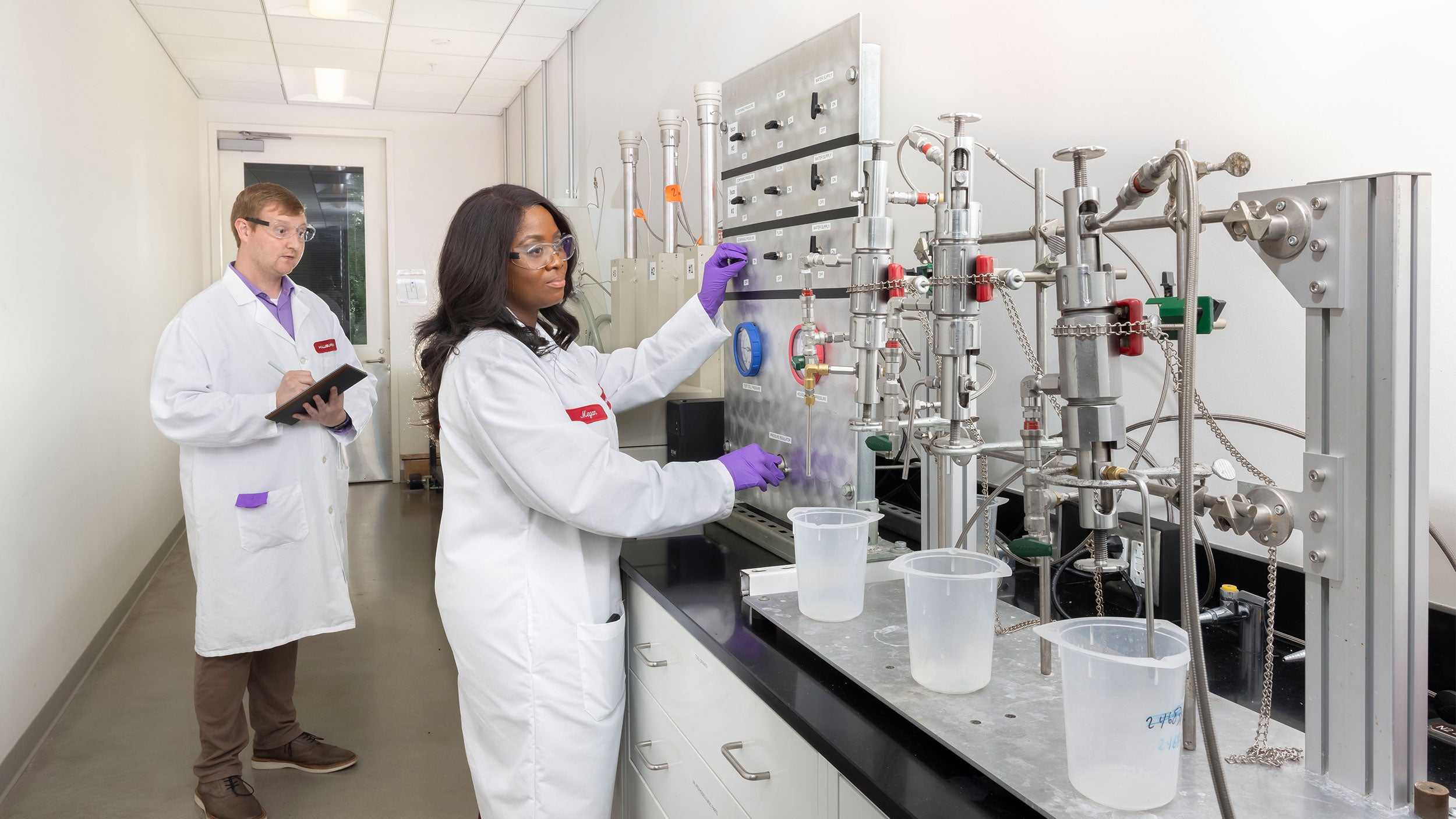
Cement barriers in carbon capture and sequestration operations face unique challenges due to the corrosive environment, harsh injection cycles, and the length of storage requirements. The right materials can help promote long-term, well integrity.
The long lifespan of CCUS wells poses the first challenge. These wells permanently store CO2 and cement barriers must effectively prevent CO2 leakage and minimize any pathways through the cement. Cement placement best practices help achieve full radial coverage and help to avoid channels in unset cement. Enhancement of the cement’s mechanical properties also helps prevent pathways that can occur due to mechanical damage after the cement has set.
The cyclic nature of CCUS wells provides the second challenge. Repeated changes in temperature and pressure occur within the wellbore with intermittent CO2 injection. Amid CO2 injection, the wellbore temperature can decrease significantly. When injection stops, the wellbore temperature can rise again as it balances with the surrounding formation temperature. CO2 injection also increases wellbore pressure, while injection cessation decreases pressure. These temperature and pressure fluctuations can cause the casing and cement to expand and contract. Over time, the cement may develop cracks and fractures or lose the ability to maintain a proper seal. This can lead to potential CO2 migration.
For this reason, operators must tailor the cement barrier with enhanced elasticity to help withstand dynamic injection stress. Pure resin, cement and resin composites, or the inclusion of elastomers in the cement blend enhance elasticity and help absorb injection stresses, which can help reduce the risk of long-term mechanical damage.
The carbonation reaction that Portland cement undergoes in CO2 environments creates the third challenge. CO2 forms carbonic acid (H2CO3) in the presence of water. Portland cement, common in oil and gas well construction, contains components that react with H2CO3 in a process known as carbonation. This carbonation effect chemically alters the Portland cement sheath, which can impact wellbore integrity.
As carbonation progresses, the cement barrier can become more brittle, which makes it more likely to crack under mechanical stress. Microcracks can also develop in the cement matrix due to volume changes from the carbonation reaction. This permeability increase can create pathways for CO2 to migrate through the cement sheath and compromise the well’s sealing capability. Over extended periods, carbonation can lead to degradation of the cement sheath. For this reason, operators must remove or reduce Portland cement and design the barrier to achieve low permeability, which helps reduce the risk of CO2 corrosion in CCUS applications.
Proper material selection, cement placement, and well construction best practices help deliver an annular barrier that can withstand decades of injection cycles and meet long-term CO2 storage requirements. Halliburton’s CCUS solutions portfolio includes non-Portland, modified Portland, and reduced Portland products. When properly placed as the annular barrier over the area of interest, each can help reduce potential pathways for CO2 to infiltrate the cement sheath. Material selection depends on the temperature and pressure cycles and the chemical harshness of the CO2 environment in the wellbore. The cement sheath must provide radial coverage to help maximize zonal isolation and resiliency to withstand cyclic injection.
To learn more, contact your Halliburton representative for a risk management discussion or visit Halliburton.com/CCUS.
Paul Jones, scientific advisor at Halliburton, gives us a behind-the-scenes look at the development of one of our latest CCUS solutions
01:04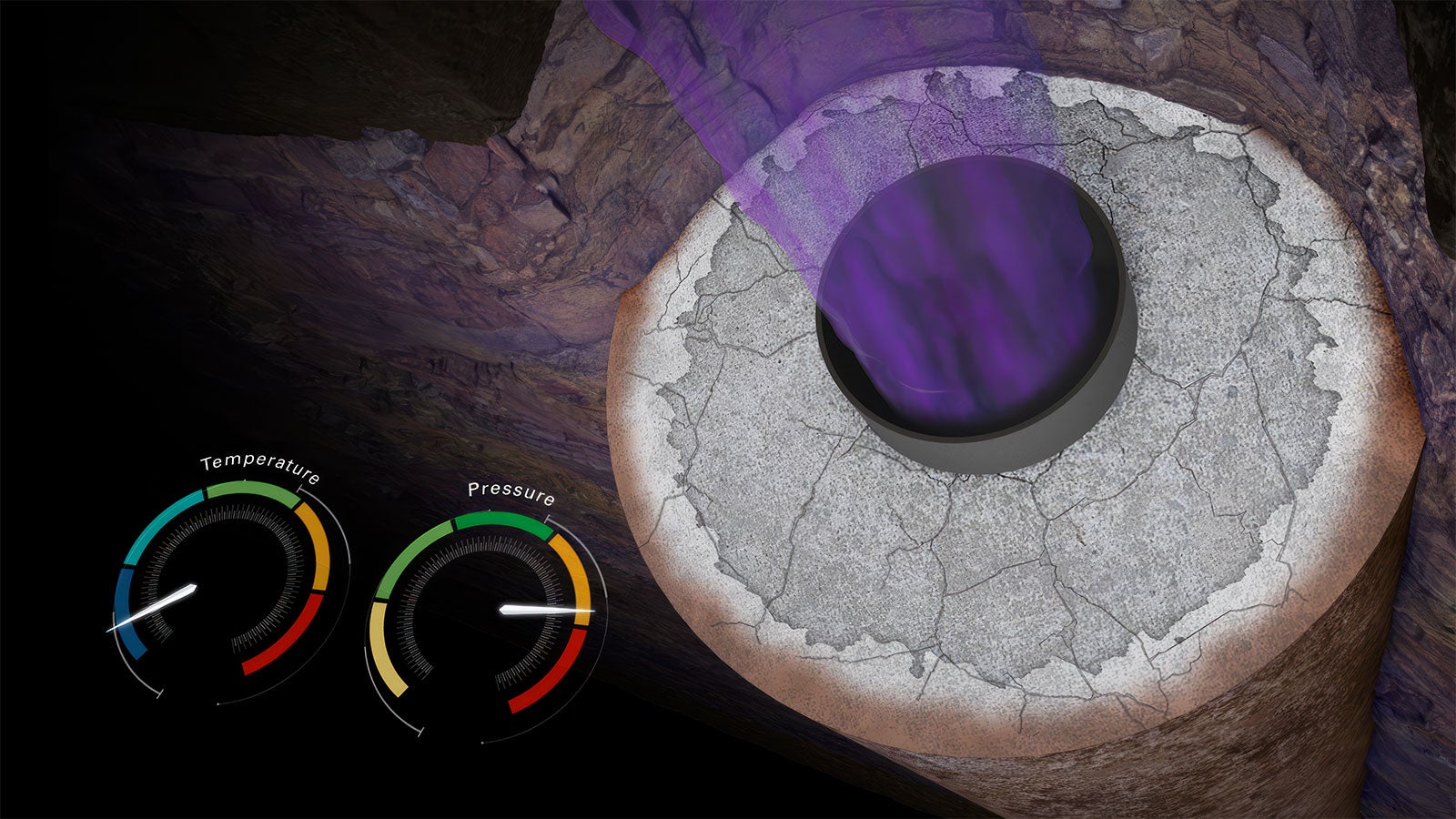
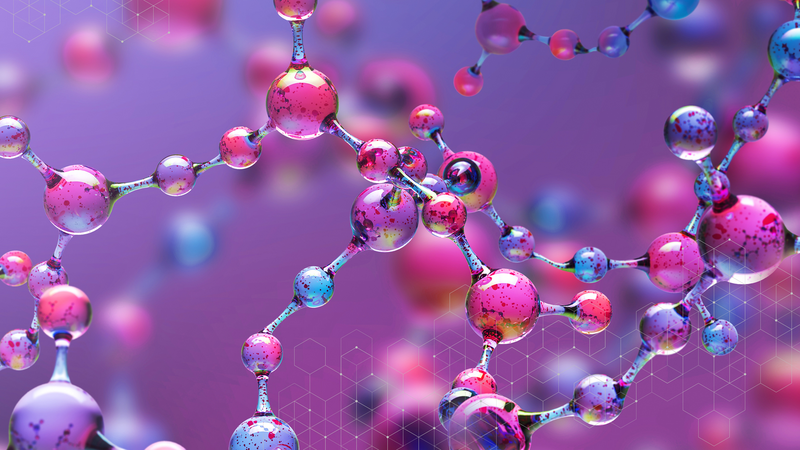
Corrosion resistant annular barriers and digital solutions that enable the construction of superior carbon capture and long-term storage wells.
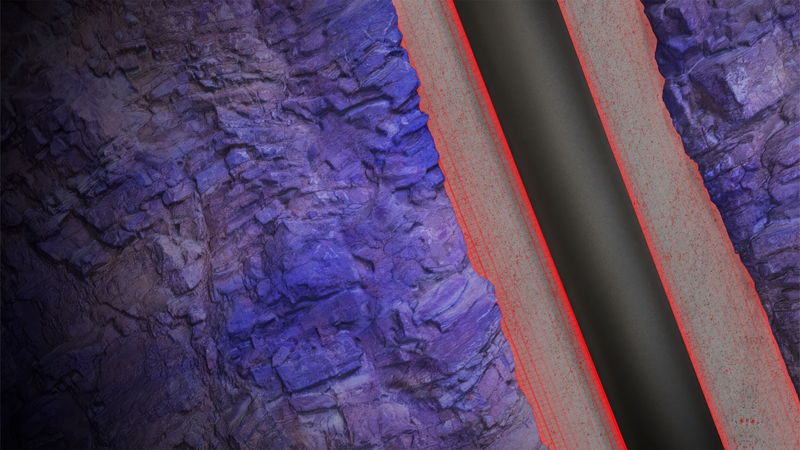
Provides enhanced resistance to CO₂, lower permeability, and increased elasticity in comparison to conventional Portland cement systems.
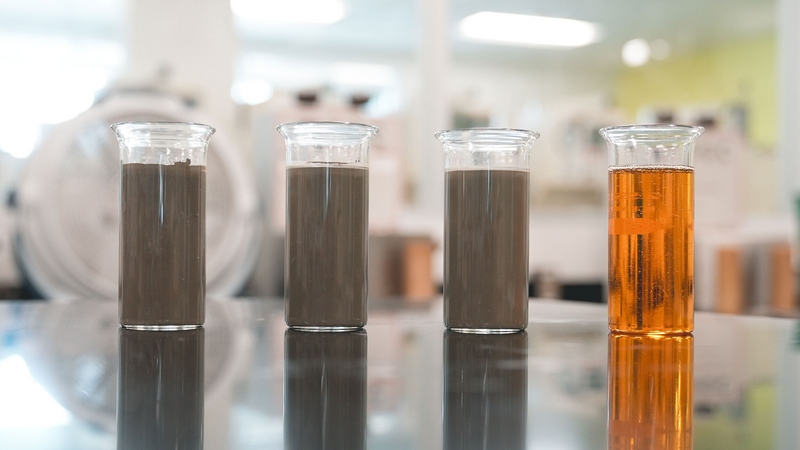
Deep-penetration, high-performance sealant ideal for carbon storage, chemical disposal wells, and permanent plug and abandonment.

ThermaLock™ cement is a non-Portland, low permeability barrier system that is nonreactive with CO₂ and is ideal for ultrahigh-temperature applications.
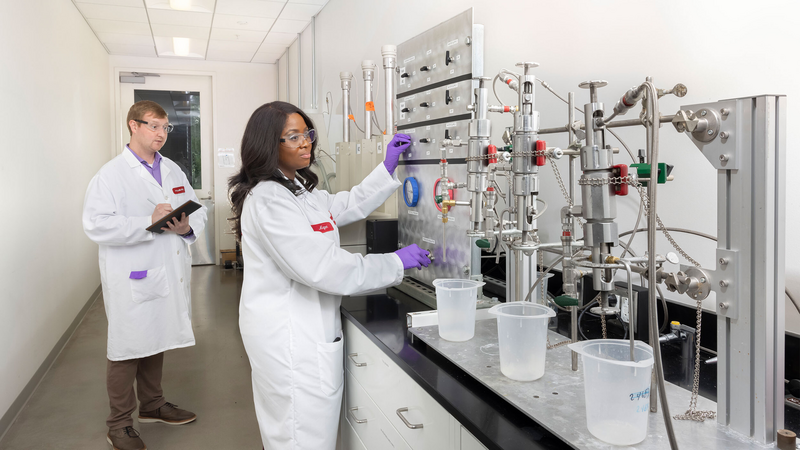
Tailored to improve chemical resistance to CO₂ and enhanced mechanical properties that minimize the impact of cyclic loading on the cement barrier integrity.
